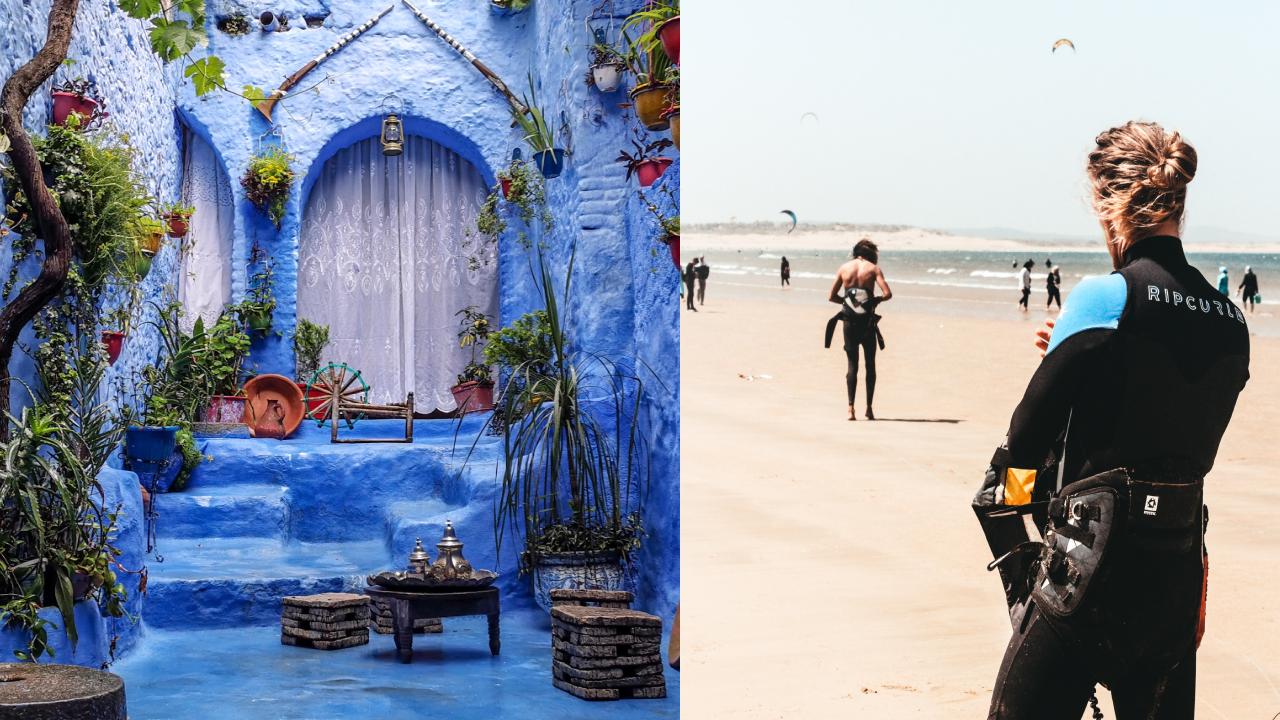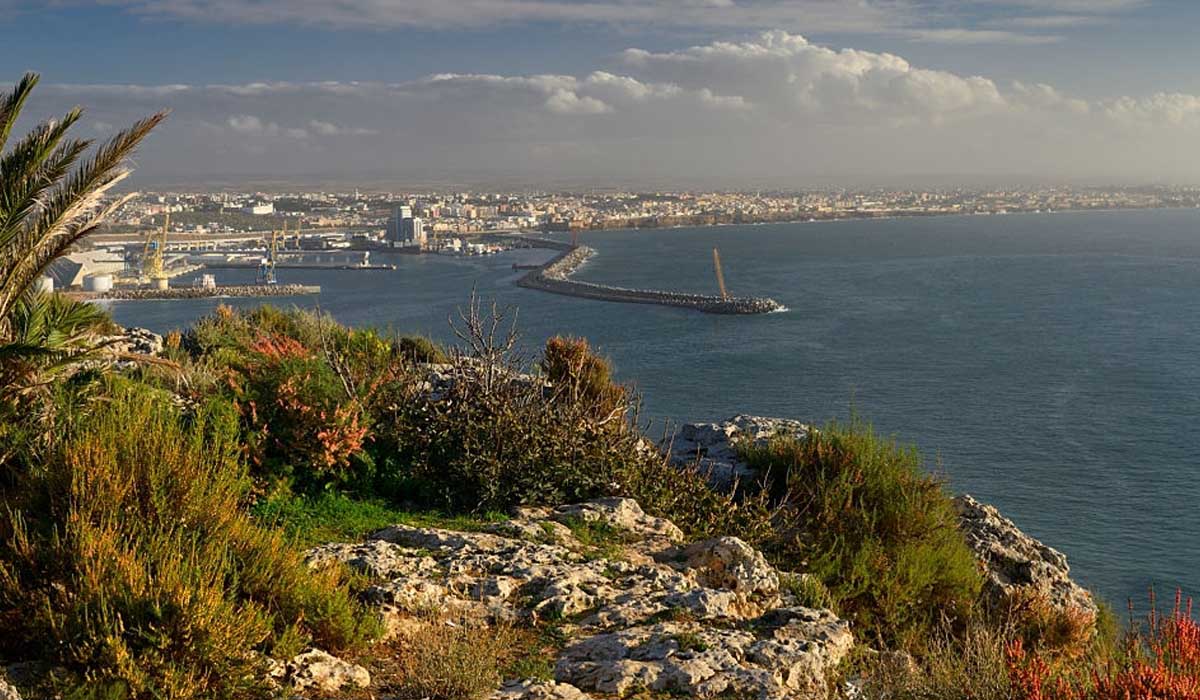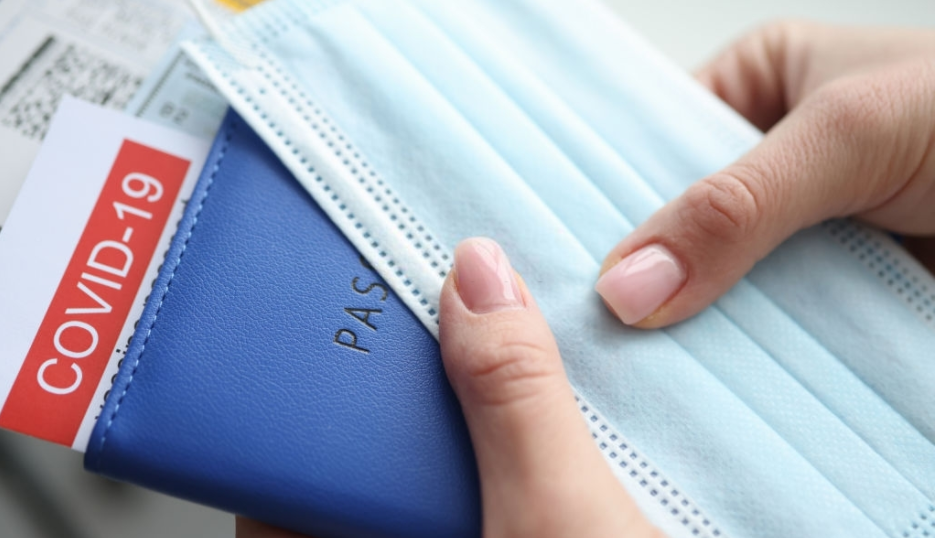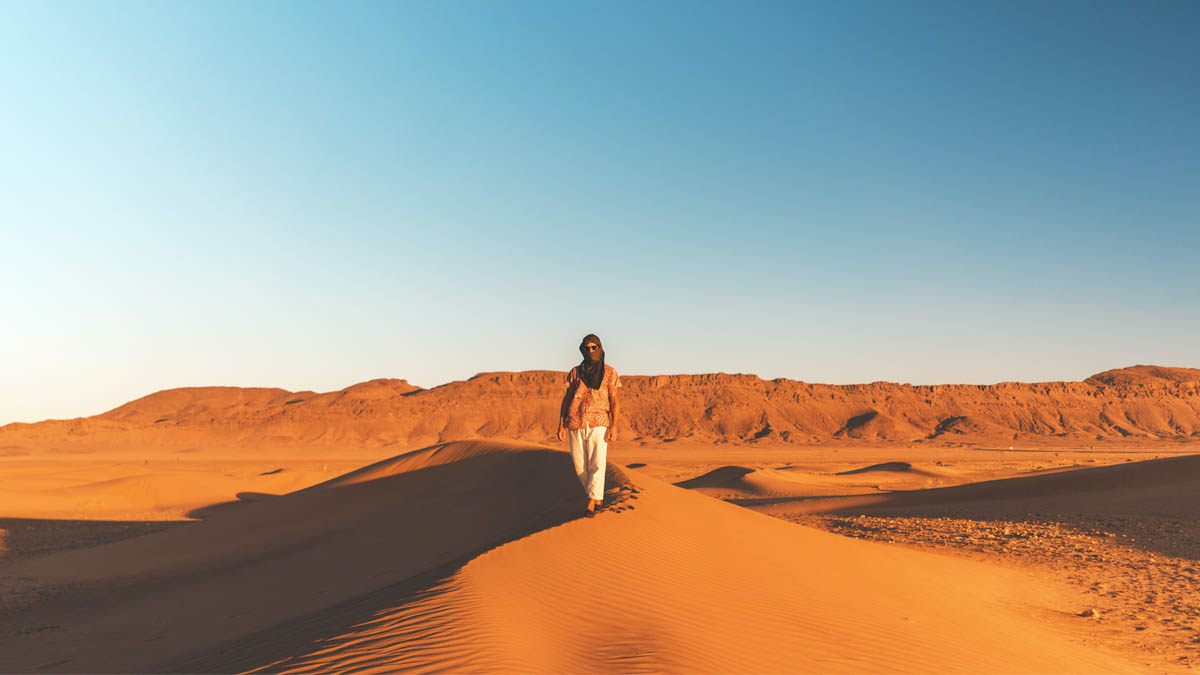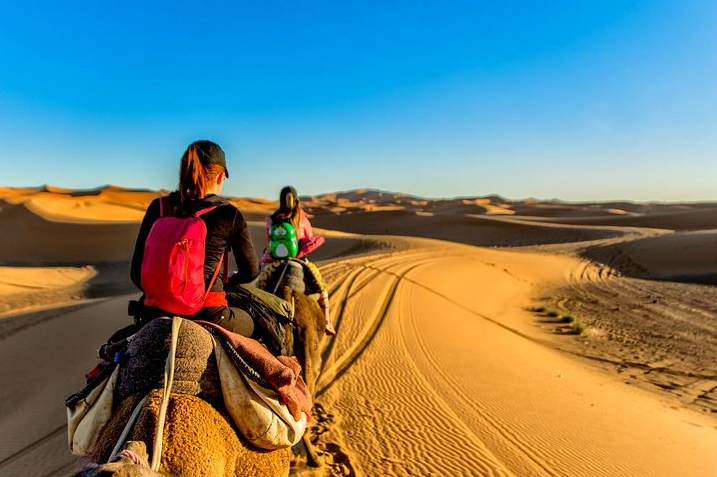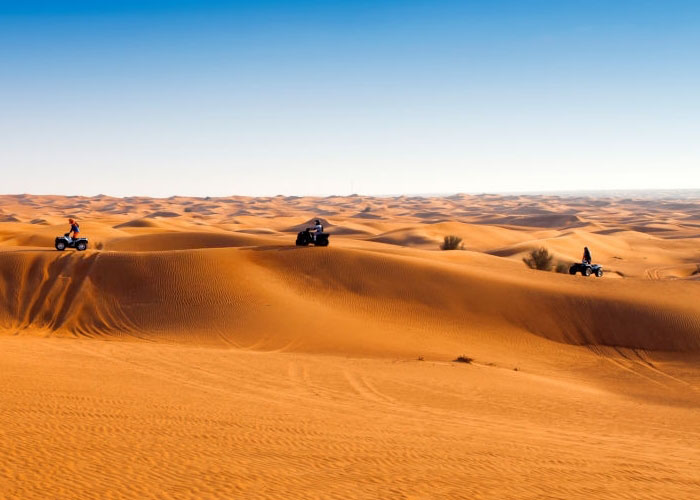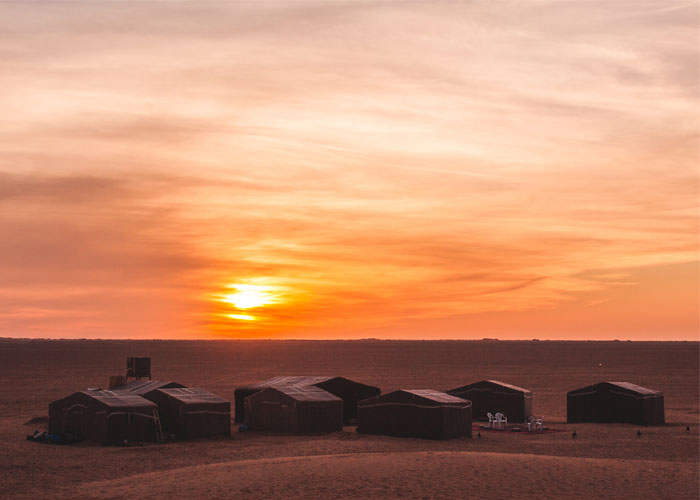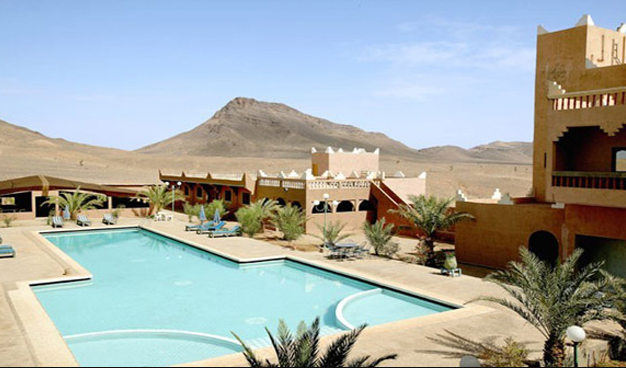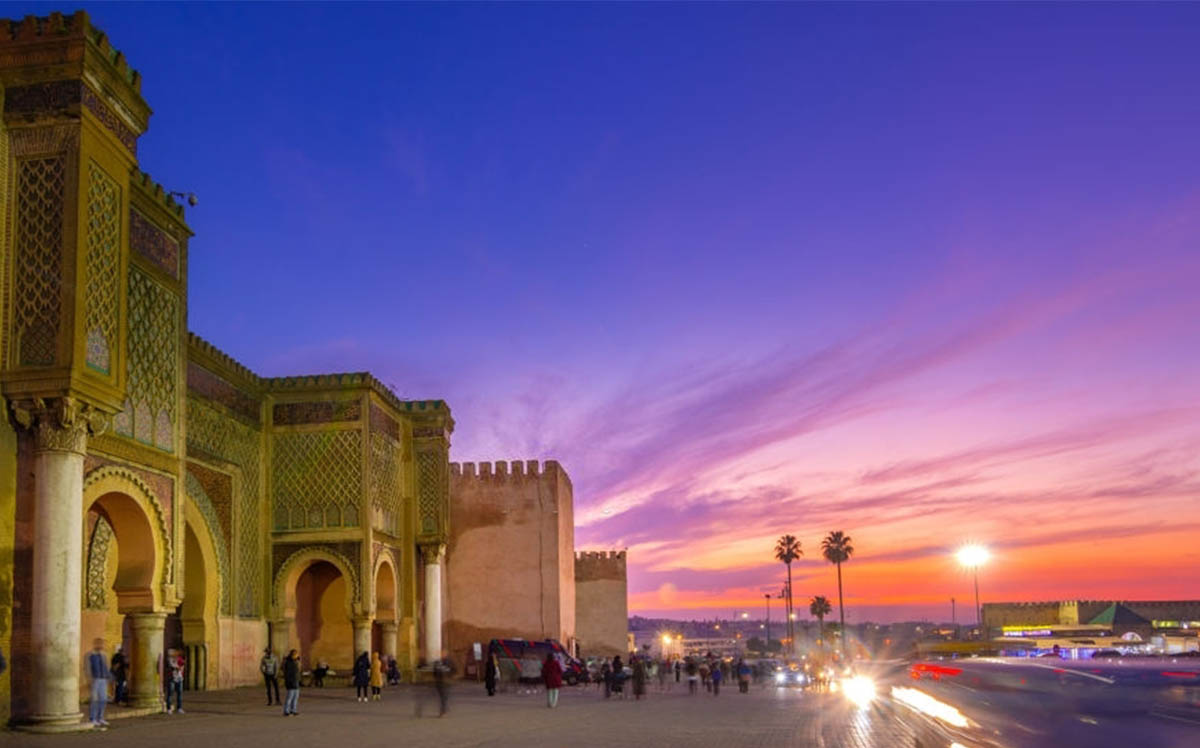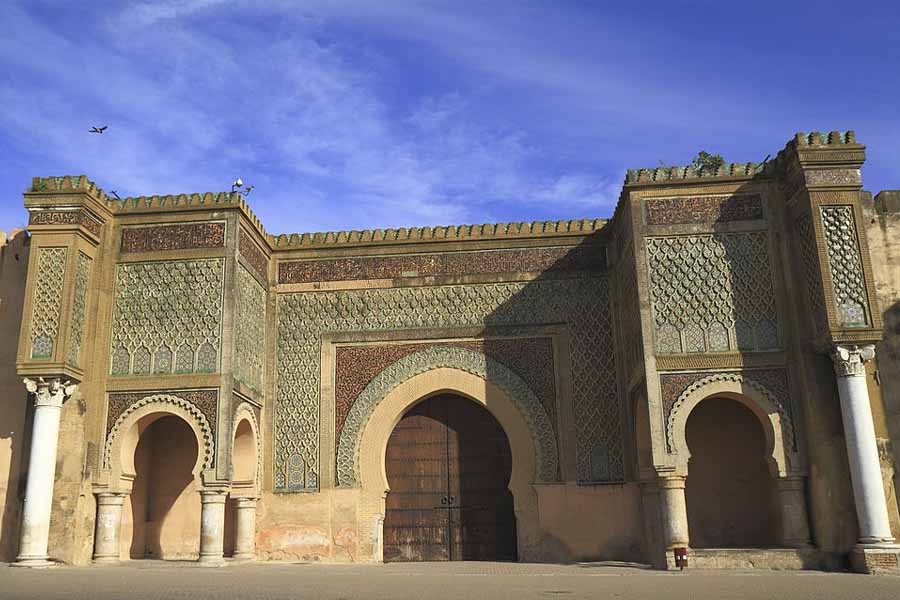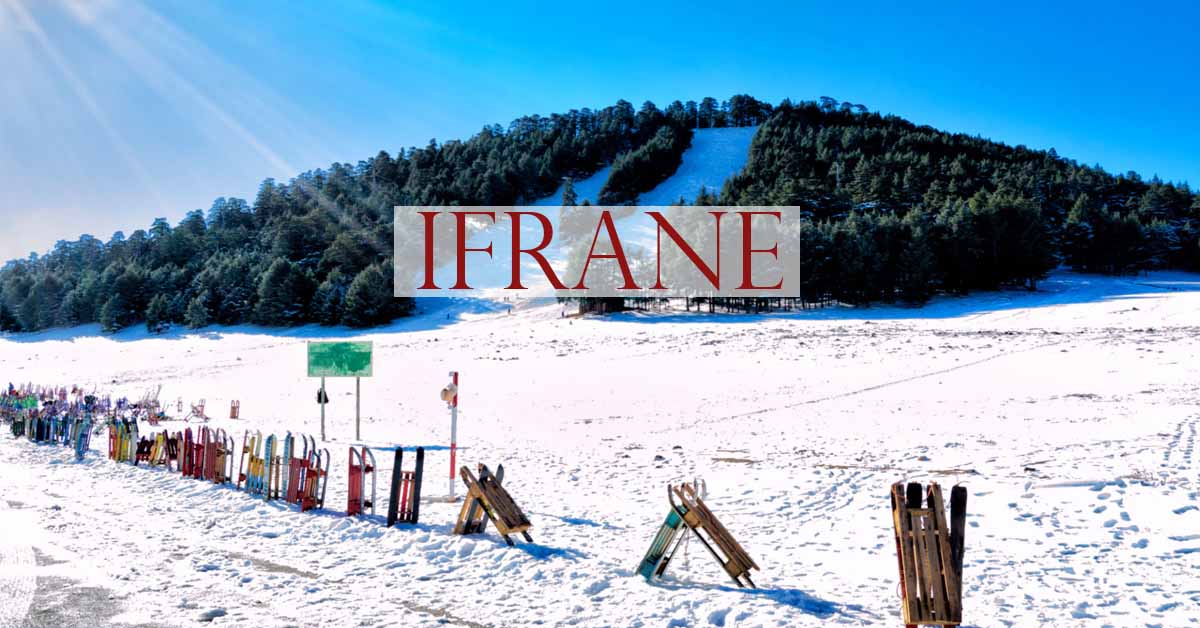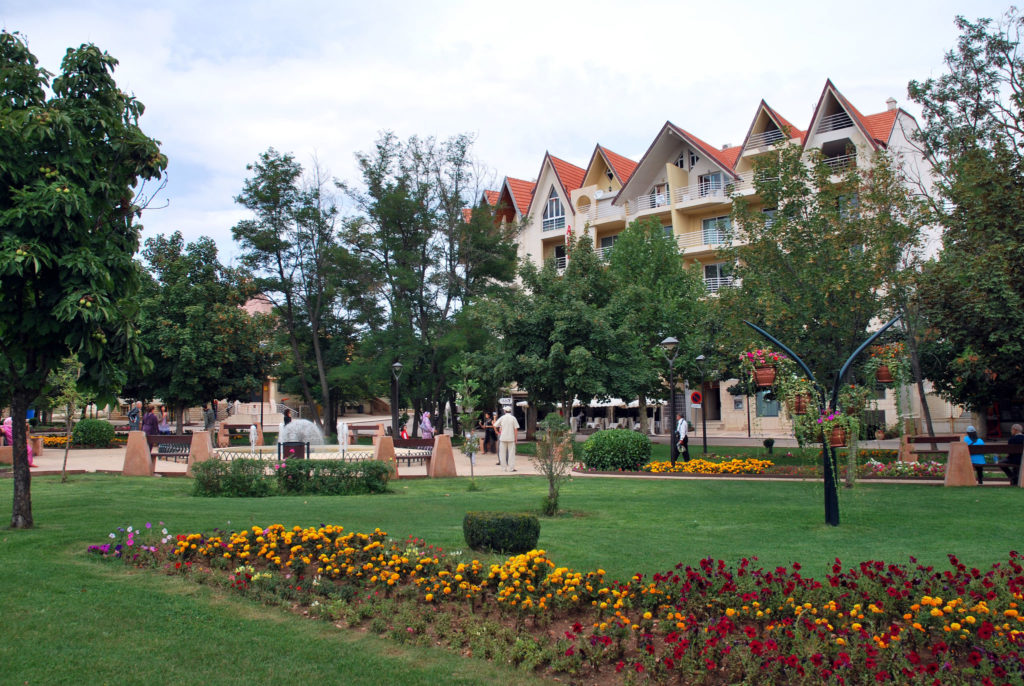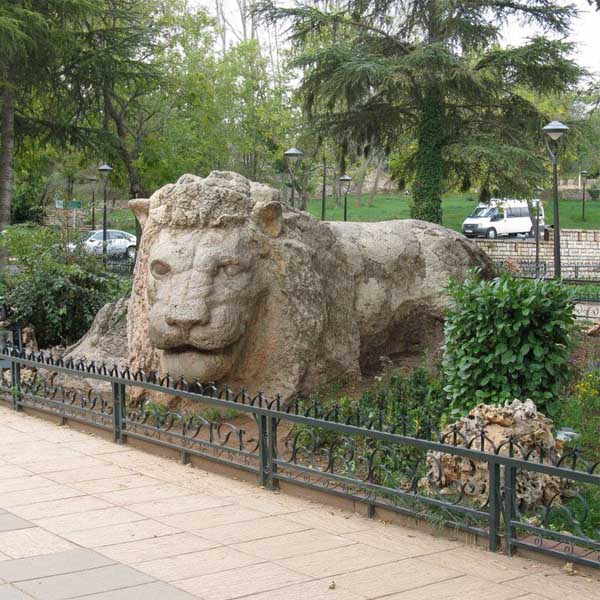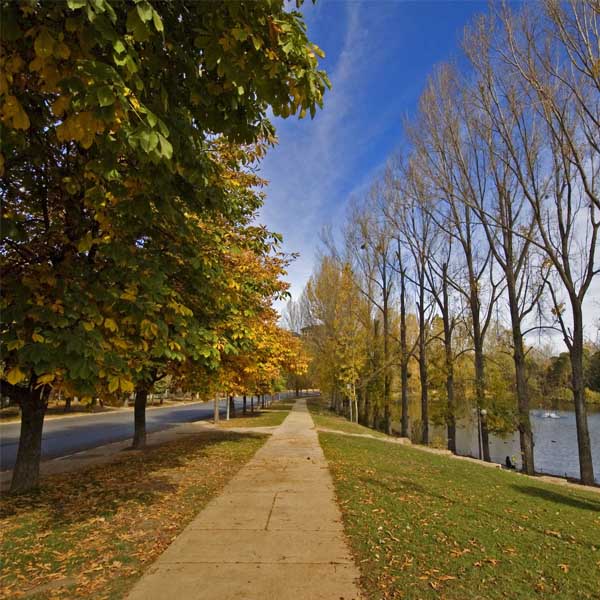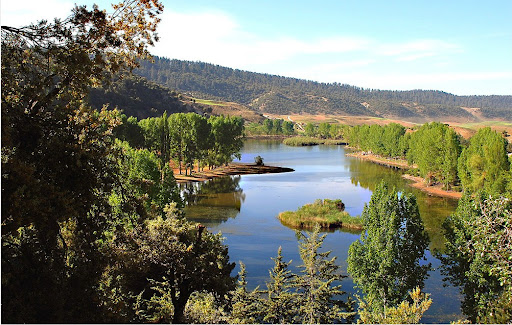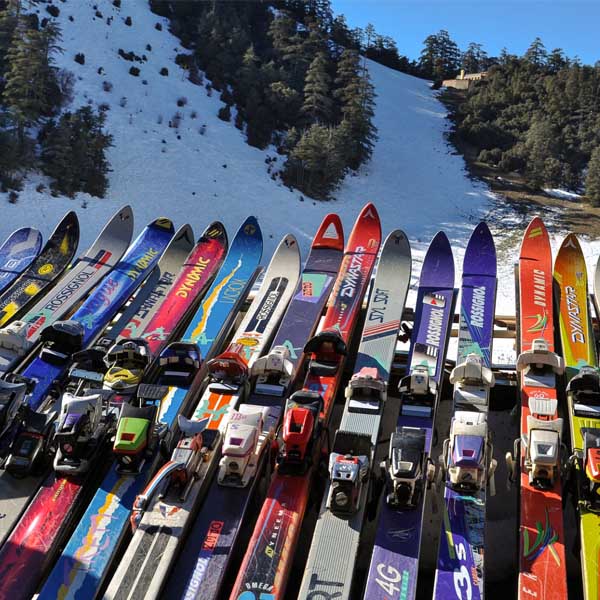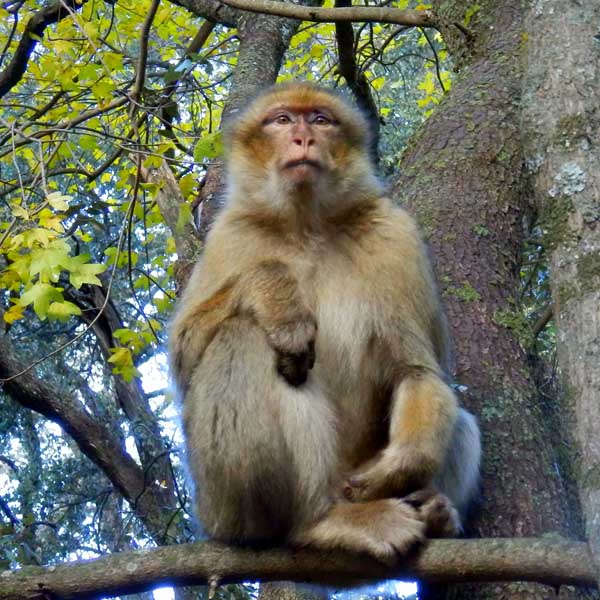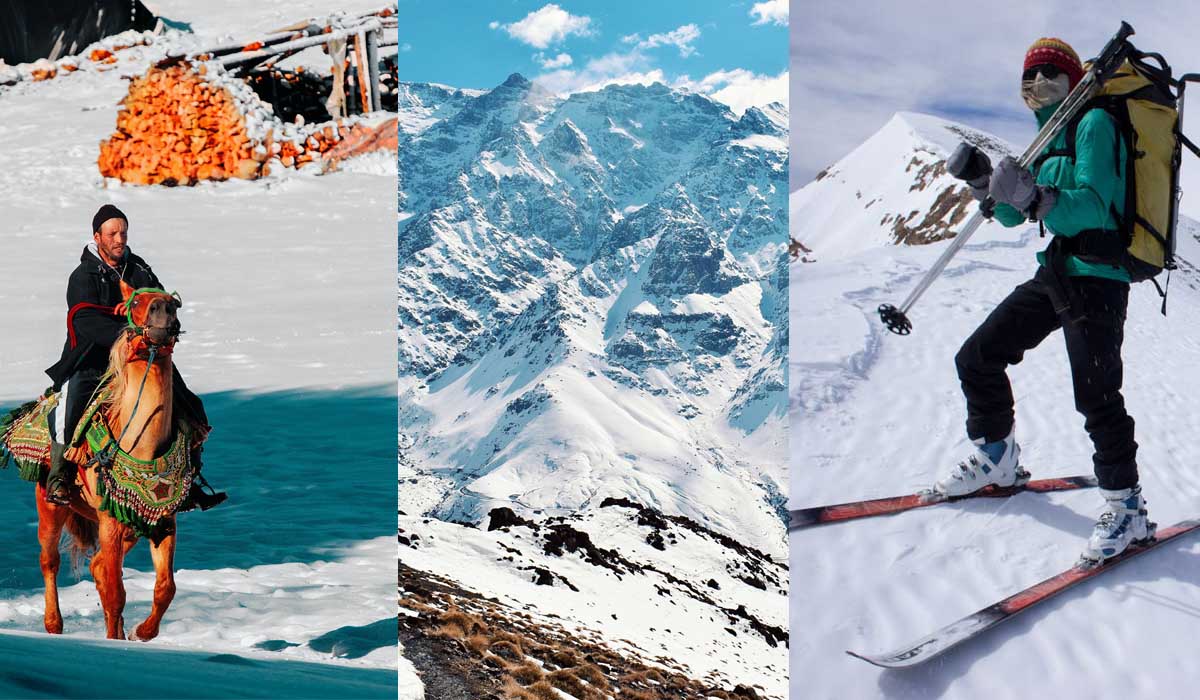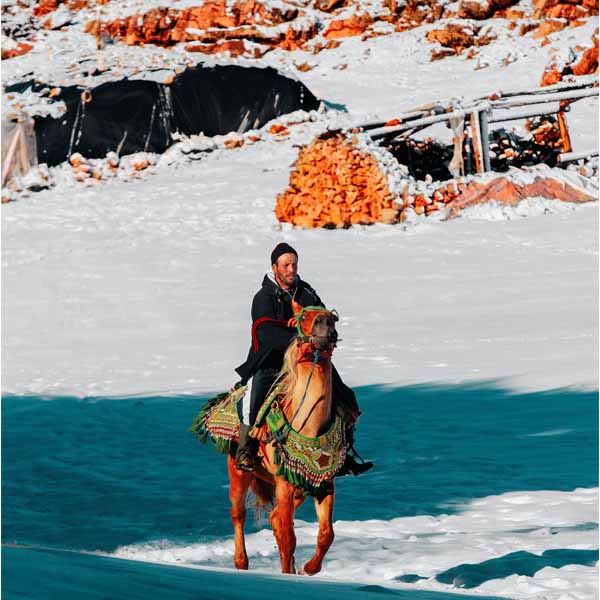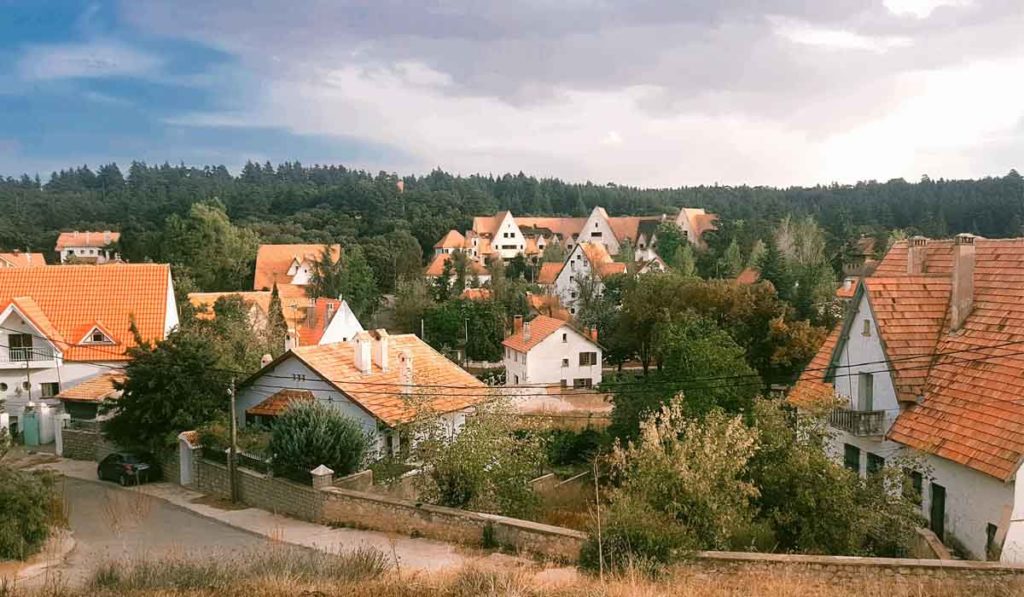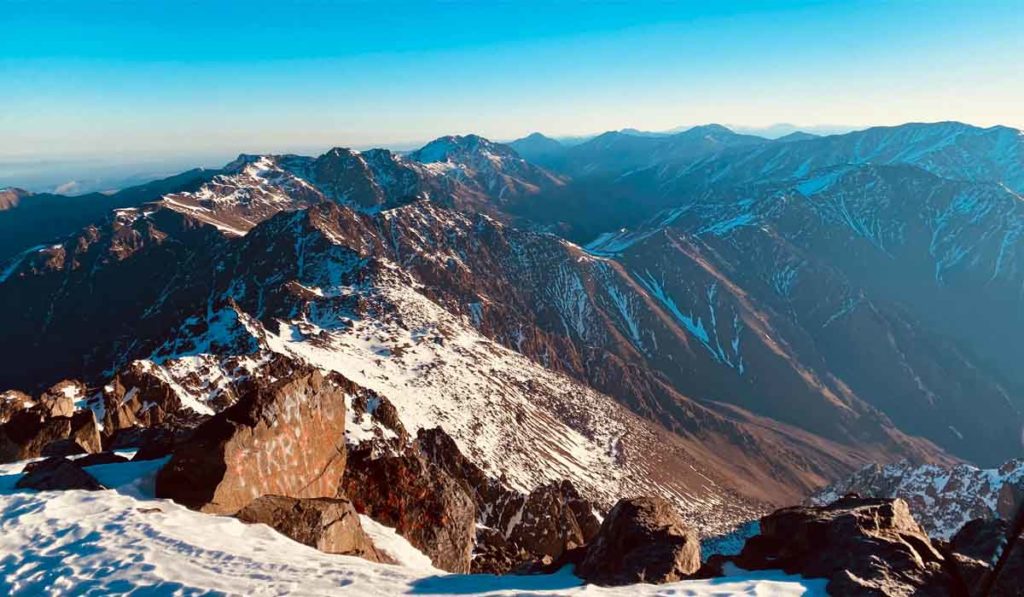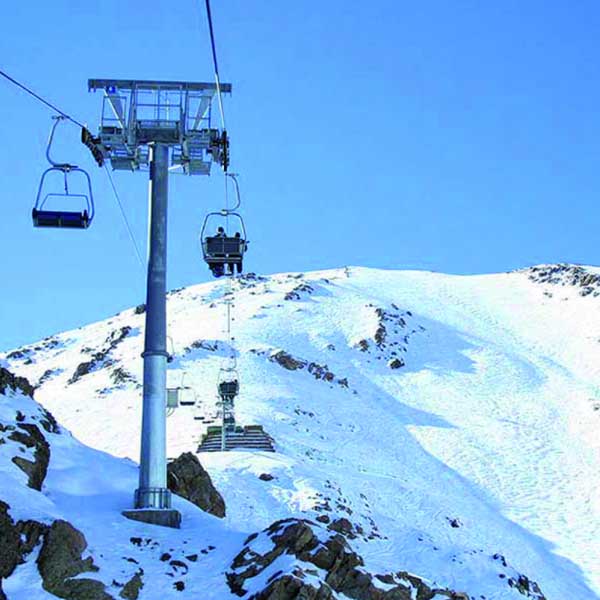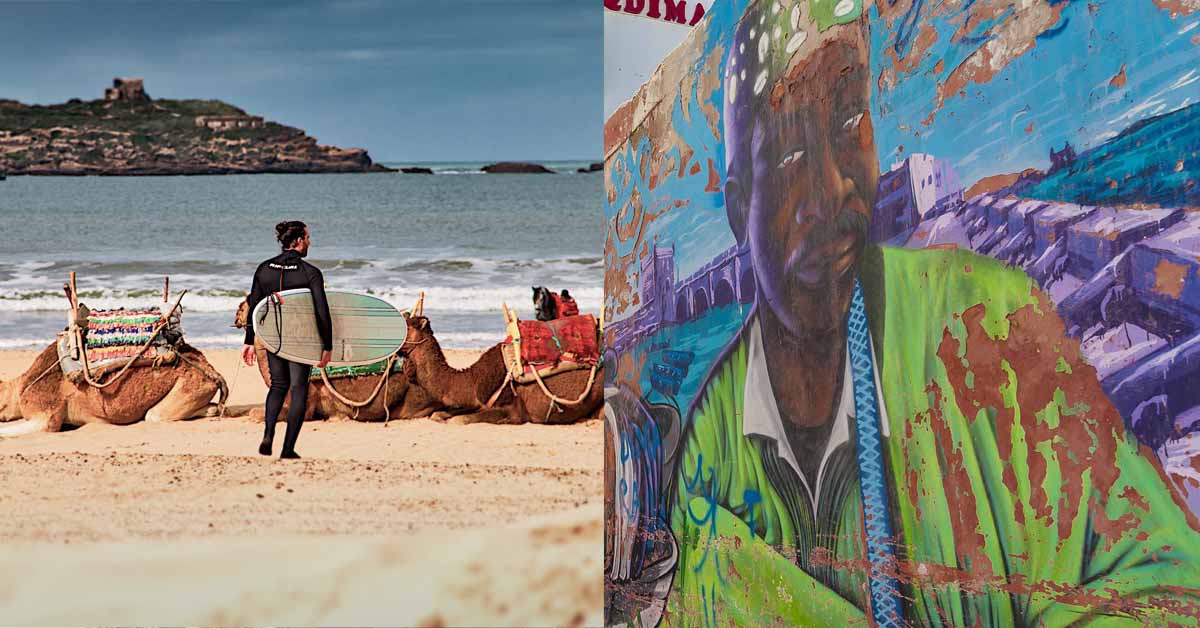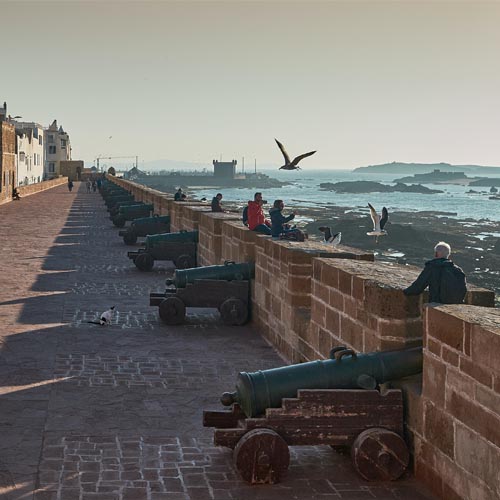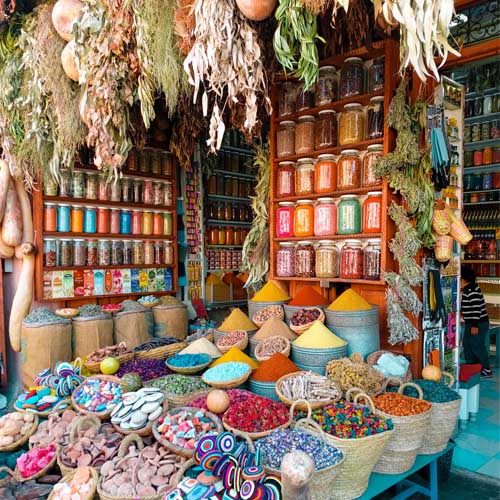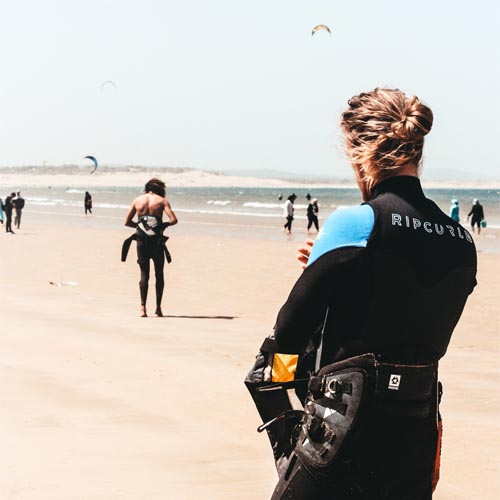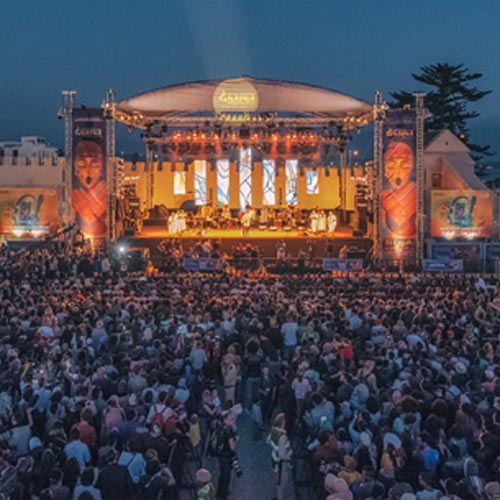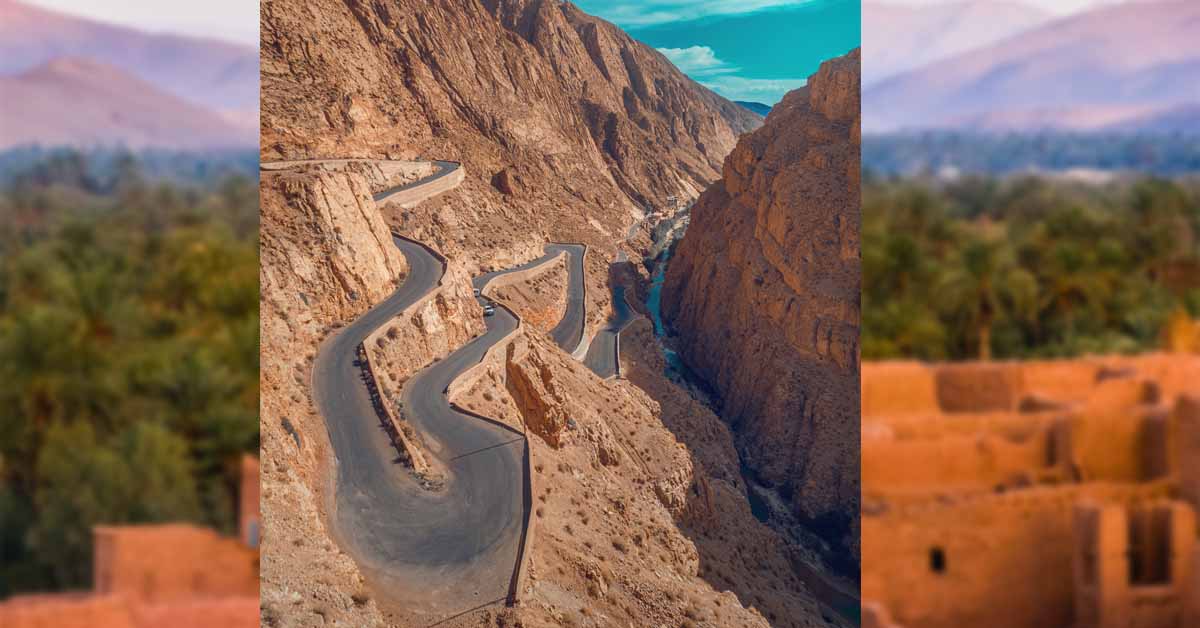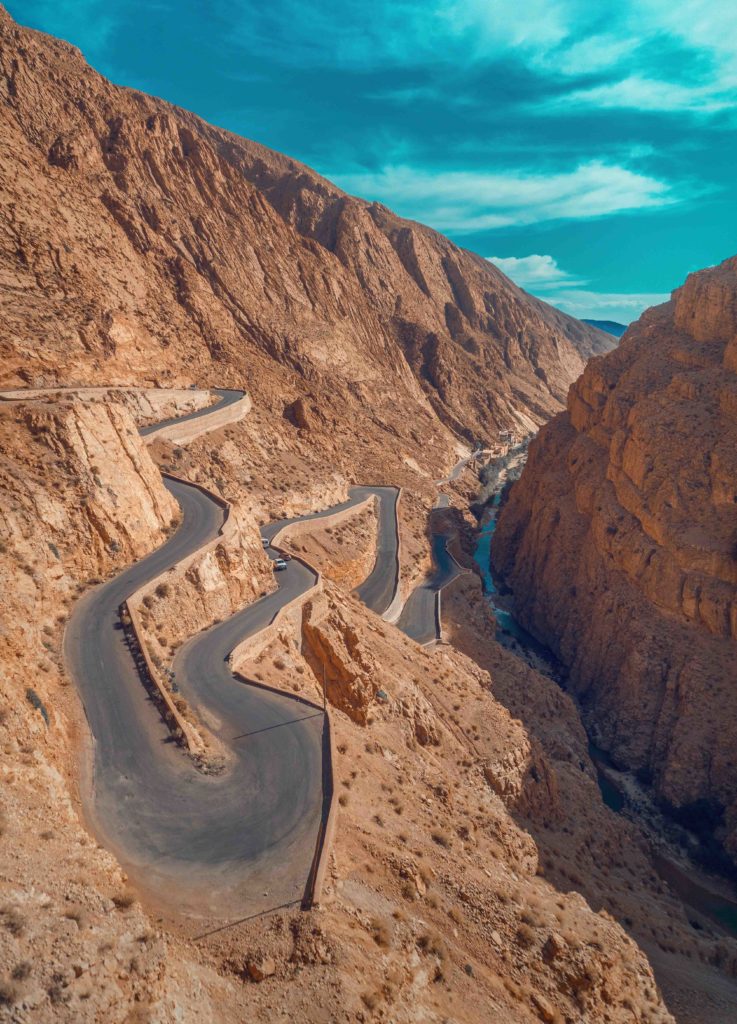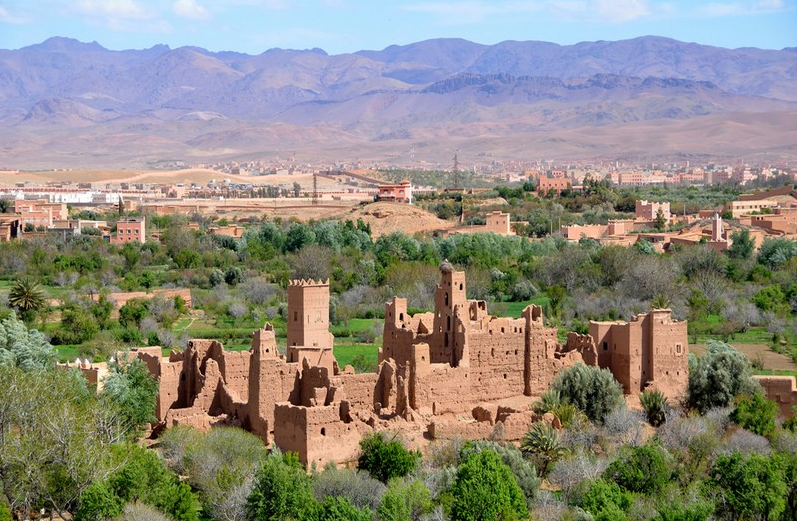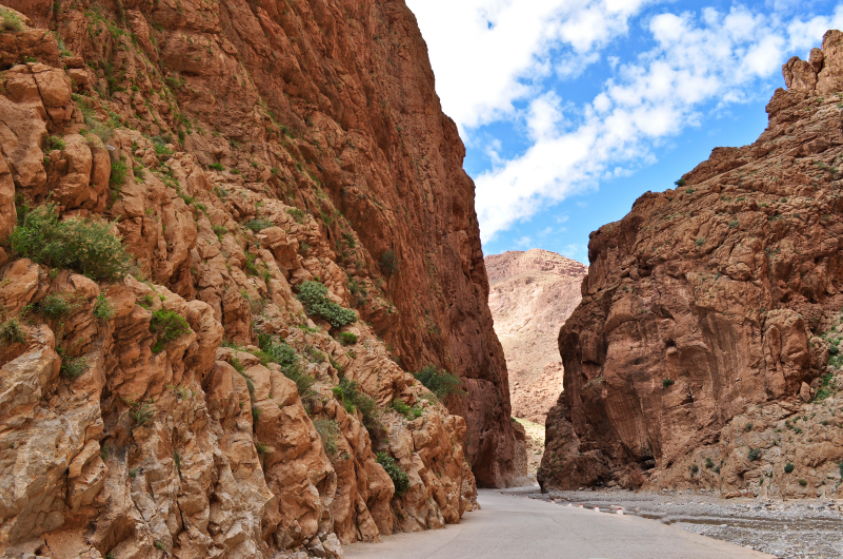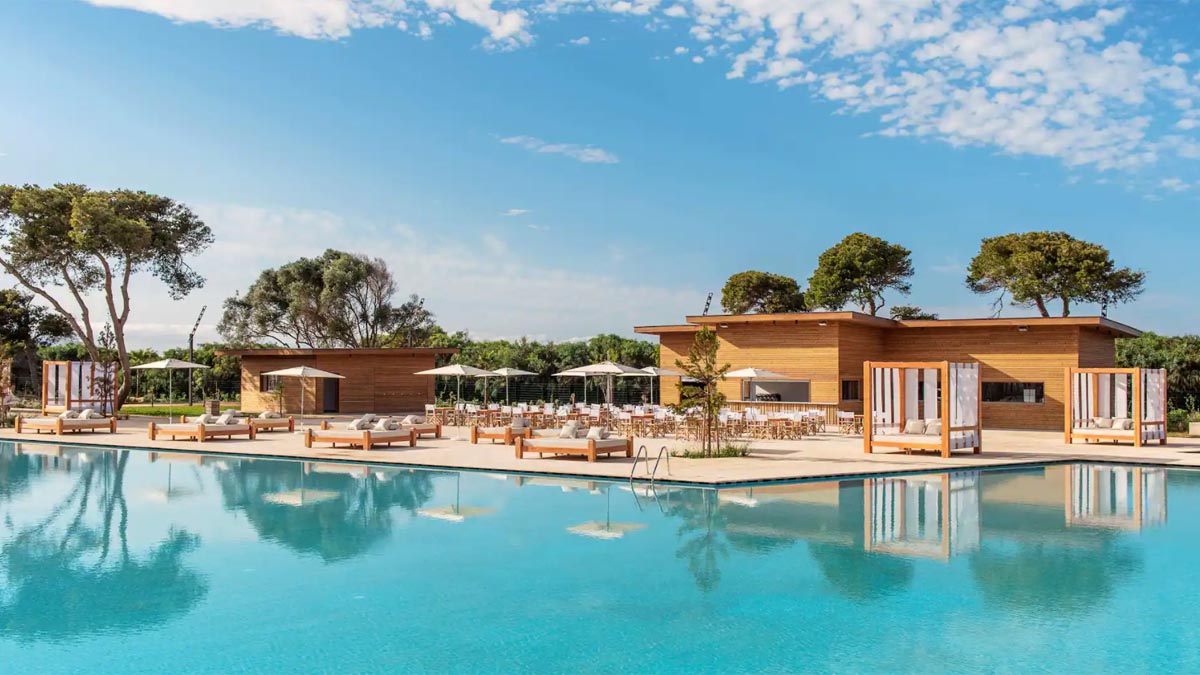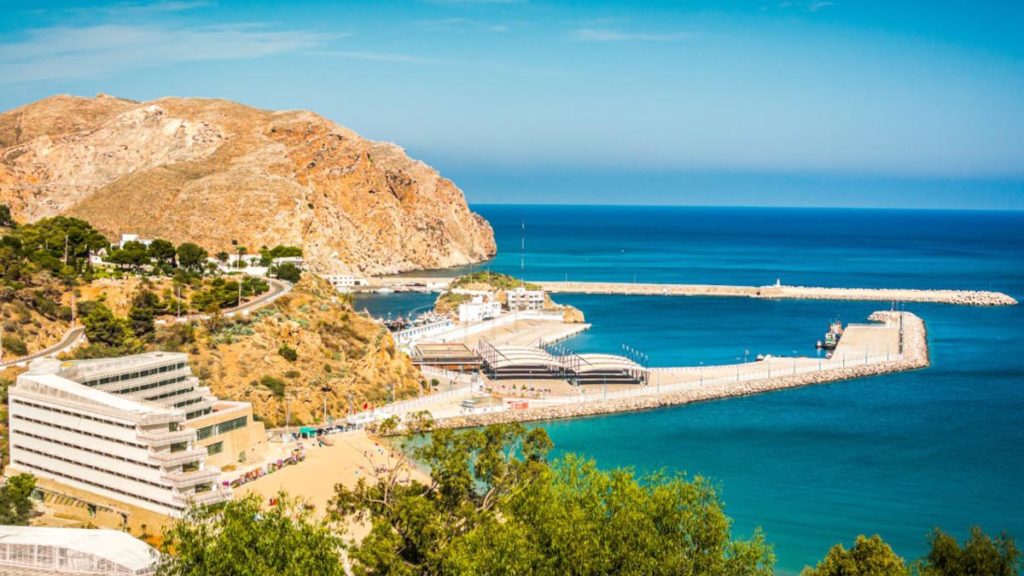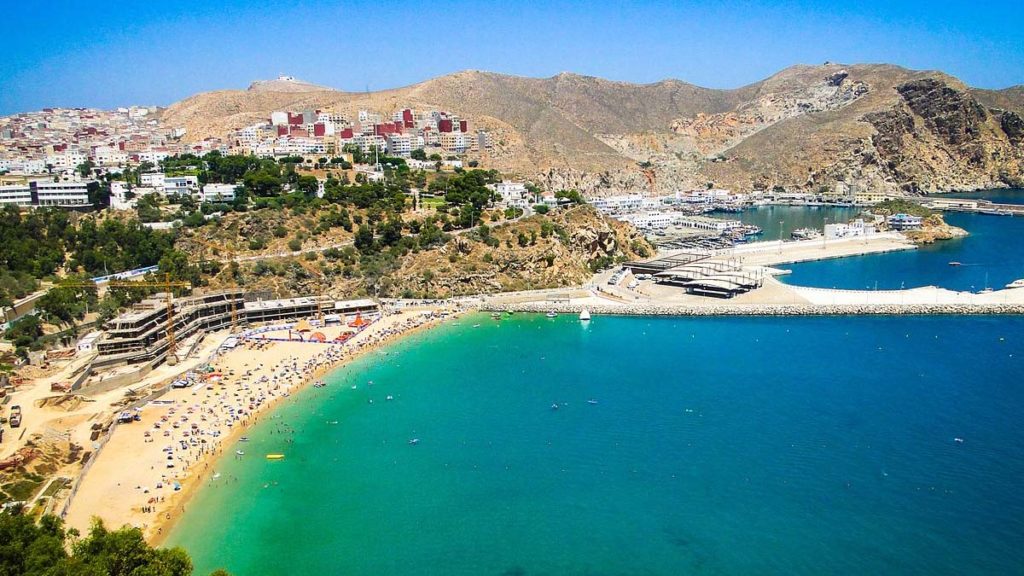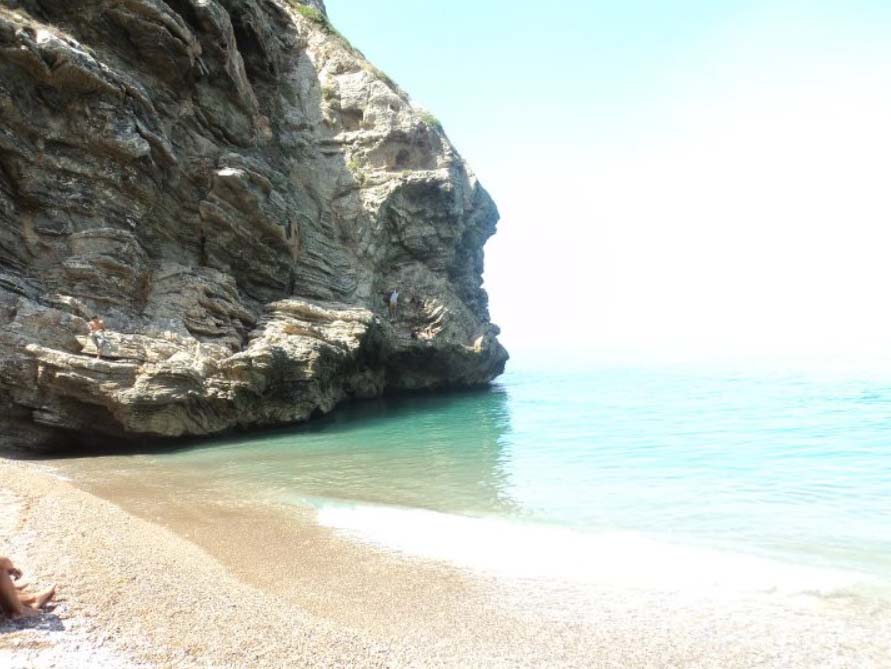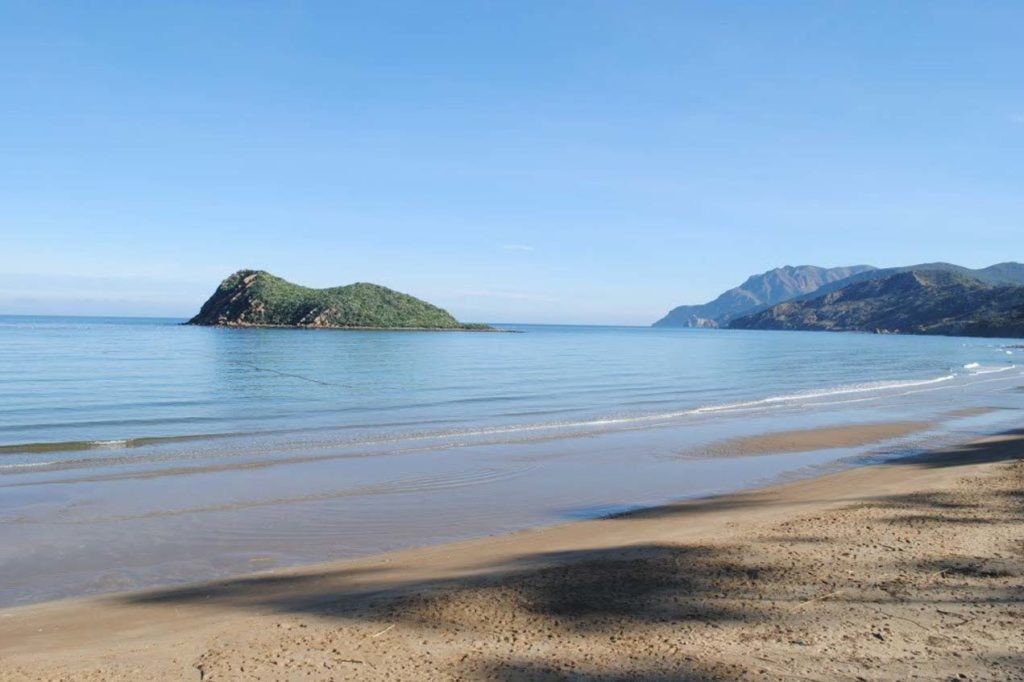The best thing to visit in Morocco in the spring
A common misconception about Morocco is that it is scorching hot all year round. However, being a
country on the Mediterranean, Morocco actually has four distinct seasons. Though temperatures
vary, Morocco is usually very sunny, making it a perfect holiday destination.
Another thing to think about when planning your ideal time to come to Morocco is local holidays and
events. For example, traveling during Ramadan will give you a different view of Morocco. Depending
on what type of trip you want, these could be times you especially seek out. Just be aware, so you
know what to expect!
Want a sunny day? Morocco, its diversity of landscapes, its azure beaches, its cities witnessing the mixing of cultures embodies the ideal destination for the Spring holidays. Get a tan early and taste the pleasures of Moroccan slow-life.
Spring in Morocco is usually considered the best time to visit. Temperatures are pleasant and it is
sunny. Spring is also a beautiful time for the landscape of Morocco as everything is bright and green.
Town dwellers
Land in Casablanca, a city as surprising as it is hectic. Don’t miss its retro-looking downtown, stroll
along its Corniche, try out the city’s trendy restaurants, visit the sumptuous Hassan II Mosque and
immerse yourself in the country’s economic capital.
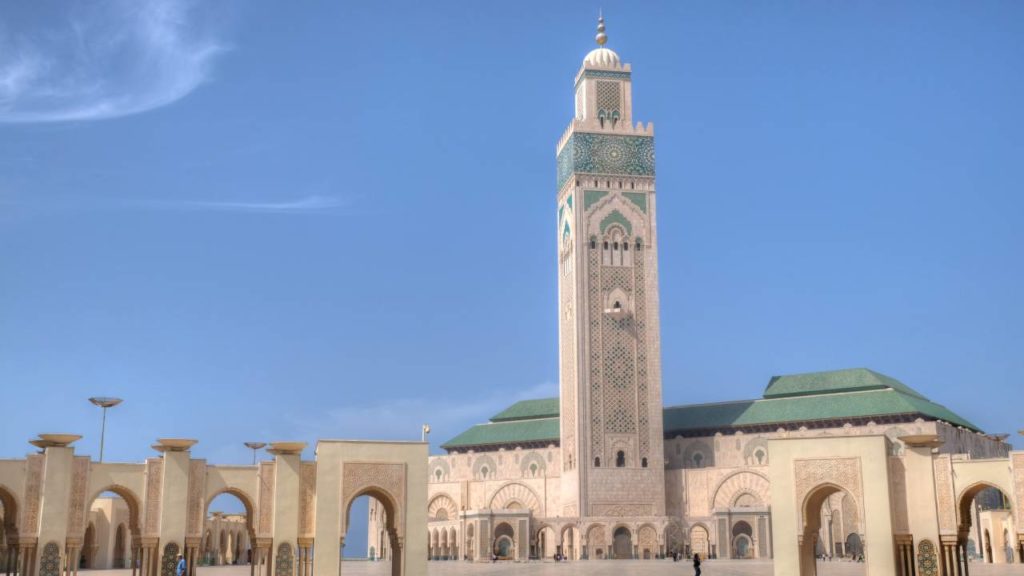
Who lives a mile an hour. Calmer, its neighbor Rabat invites you to let go. Stroll through its city
center which is full of atypical places, treat yourself to a tour of the must-sees such as the Hassan
Tower and finally a stopover in the nearby beaches.
Photograph the Famed Blue Alleys of Chefchaouen
Chefchaouen is the most famous village of Morocco’s Rif Mountains, with the alleys and walls of its
small medina all washed in blue tones, making it one of Morocco’s most photographed spots.The
town is near Tetouan, 197 kilometers northwest of Fes, and 112 kilometers southeast of Tangier,
making it an easy stop-off on a journey through Morocco’s northern region.

The main activity in town is simply wandering the skinny lanes and soaking up the atmosphere,
though once you’ve marveled at the colorful streets, there’s plenty of hikes in the Rif Mountains to
head off on.
Chefchaouen’s distinctive architecture, which features Spanish-style balconies and ceramic-tiled
roofs, is due to the Muslim and Jewish refugees who were evicted from Spain in the 15th century and
settled here. The blue color of the buildings, though, only began in the 1930s.
Shop amid the Medina in Fez
Although Marrakesh remains the favorite Moroccan city-break destination and attracts many visitors
solely for its shopping, Fez is the country’s undisputed artisanal capital.
Within the maze-like confines of Fes’ high-walled medina (called Fes el-Bali), you’ll find artisan
workshops making traditional copperware and carpentry, dying leatherware (the tanneries of Fes are
one of the most photographed sights within the medina), and the famous blue and white Fassi
ceramics.
While shopping in Fes medina, it’s a good idea to steer away from the well-trodden tourist streets,
where shops and stalls mostly sell trinkets or overpriced handicrafts. The workshops of the artisans,
hidden down in the back alleys, are where you’ll discover the best shopping.
Heritage
History buffs, head for El Jadida a few kilometers south of Casablanca. From the passage of the
Portuguese it retains vestiges which give it a particular character. In the Portuguese city, in the shade
of the ramparts, stroll. Take a break at the beach, the coast of El Jadida offers beautiful sessions of
idleness. Then continue your route south to Essaouira, mysterious and inspiring, a true oasis for
travelers. Picturesque medina, water sports and golf, the city of the trade winds has no shortage of
arguments to seduce you.
Beaches
No vacation without long hours spent lazing on the sand? Opt for a trip to Tangier and its heavenly
beaches in addition to a charming city that reveals its secrets as you stroll through its streets. The
North of Morocco, lulled by the turquoise of the Mediterranean offers breathtaking landscapes.
Surf the wave? Agadir in the South, with its multitude of world-renowned surf spots, should satisfy
you. The city with permanent sunshine offers its visitors, in addition to its expanses of sand and its
ideal waves, a lively night life.
Essaouira, on Morocco’s Atlantic Coast (191 kilometers west of Marrakesh), is known as the windy
city, and although many visitors head here simply to enjoy the sea breezes and explore the medina,
Essaouira’s prevailing winds have made it a top windsurfing, kitesurfing, and surfing destination.
In particular, the small beachfront hamlet of Sidi Kaouki, 25 kilometers to the south of town, is
dedicated to windsurfing, kitesurfing and surfing holidays, with plenty of lessons and packages on
offer, as well as equipment hire.
For a vacation not centered around water sports, Essaouira has a fine beach, with plenty of blustery
winds, and there are surf shops right on the sand.
Authentic
Do you dream of discovering the charms of Morocco? Marrakech, its medina, its souks, its designer
boutiques, its Palmeraie, its special atmosphere is unmissable. Between desert and mountains of the
High Atlas, the ocher city leaves no one indifferent. Fez, further inland also offers a splendid glimpse
of Arab-Muslim culture and architecture. City of traditions, witness to the golden age of Arab
hegemony over knowledge, Fez is a jewel to discover between monuments, medina, and crafts. take
a City Break in Style in a Marrakesh Riad
Marrakesh’s accommodation is an attraction in itself, and for many travelers, one of the top things to
do on a city break here is to stay in one of the medina’s (old town’s) riad hotels.
A riad is a traditional Moroccan medina mansion, with a courtyard garden in the middle. Many have
been restored to finery and opened as hideaway small hotels that have swags of traditional
Moroccan artisan expertise on display, with wood ceilings, tadelakt (polished lime plaster) walls,
traditional zellij (ceramic tile) details, and brass swinging lamps.
Hidden within the medina alleys, and with rooftop terraces and internal courtyards (sometimes with
plunge pools) to relax in, Marrakesh’s riad hotels make for a soft landing in the city and are good
bases for exploring the medina
Hike Jebel Toubkal
Jebel Toubkal is the highest mountain in north Africa, with its summit at 4,167 meters. The two-day
return trek to its summit is the most popular walk in the High Atlas, and one of the most popular
activities in Morocco.
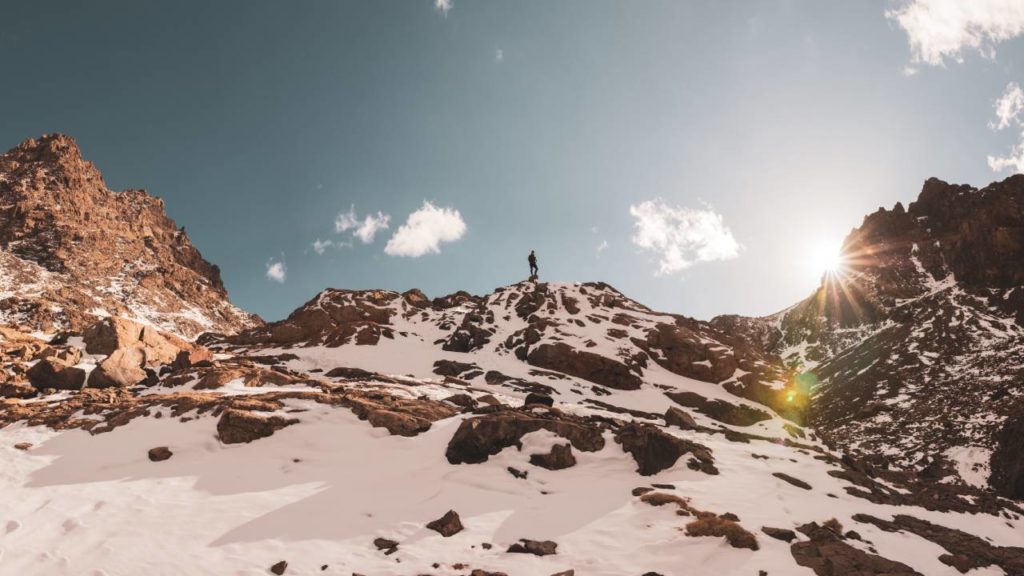
It’s a non-technical trek (no climbing), but as the upper reaches are steep, it involves trekking up
scree slopes. It also takes place at altitude, and the trek can be difficult, so a decent level of fitness is
required. The stunning views all along the trail, as well as on the summit, are worth all the sweat,
though.
Enthusiastic hikers can opt to trek the Toubkal Circuit instead of just make the two-day ascent. The
Toubkal Circuit is a seven-day trek, which takes in much of the surrounding High Atlas countryside
before ascending Jebel Toubkal’s summit.
Jebel Toubkal sits in Toubkal National Park, and the main center of activity for arranging treks and
other activities in the area is the village of Imlil, 67 kilometers south of Marrakesh.
Mountain Bike or Hike the Ounilla Valley Area?
Mountain bikers, hikers, and off-road drivers will love the trails here. They wind through this fertile
valley of orchards and farmlands, speckled with isolated settlements and crumbling mudbrick
kasbahs (forts) and ksar (fortified villages).
This High Atlas valley stretches from Telouet (127 kilometers southeast of Marrakesh) to the
UNESCO-listed ksar of Ait Benhaddou, which is the main historic highlight and gets plenty of day
trippers, but the valley itself is a peaceful slice of rural life where you’re unlikely to see any other
visitors.
Multi-day treks or bike rides can be arranged, or it’s easy to use Telouet or Ait Benhaddou as bases
for exploring the wider area with day hikes and bike rides.
In conclusion
As you will have understood, Morocco can be visited at any time of the year. However, choose the
mid-season if you can. All the climatic conditions are in fact combined in spring to make your trip as
successful and unforgettable as possible.

